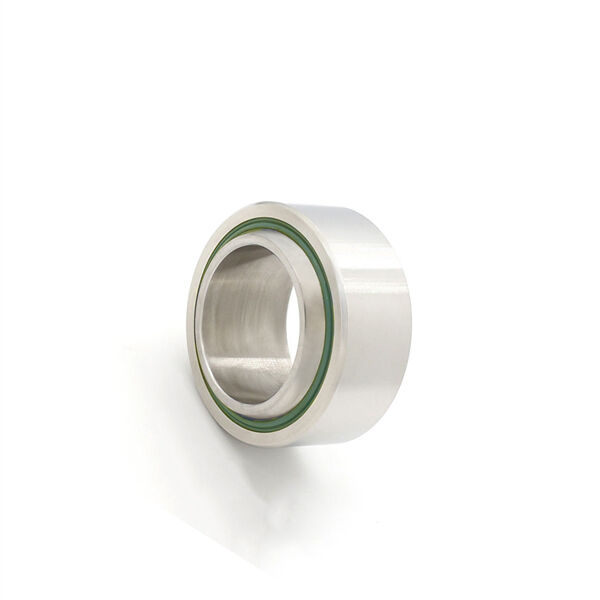Spherical plain bearings are unique components that can enhance the performance of large pieces of machinery. These are extremely critical because these machines need to travel and support such heavy loads without failure. In this content, we will know more about bearing sleeves (what is it and its usage), how to choose the correct one, how to make them last long with some tips and what are the problems that can occur along with their solutions.
The three parts of a spherical plain bearing, along with the round surface on which they slide are what work together to keep them functioning. They feature a very high strength (outer & inner ring) steel to withstand the pressure. A special material is used as a sliding surface which helps lower the friction. That translates into reduced friction and wear when the parts rub against each other. How These Bearings Are UsedTypically used in very heavy duty jobs like mining, construction and moving of heavy objects such as trucks and cranes. They play a huge role in keeping these machines operational.
The environment is extremely significant from the point of view that where will the bearing be installed. There are some materials which can corrode — as in oxidized, lose their structural integrity if aged in certain extremes, high temperature, cold weather and wet locations.
Inspect for Issues: Make a habit of inspecting the bearing for any signs of wear or damage. Should you witness gurglings or another problem, it might need replacing. Catching them early means saving yourself from bigger issues that may arise should the bearing fail entirely.

Heavy duty condition calls for heavy duty solutions, which is why bearing sleeve typess are pivotal to your task at hand. They have sturdy materials, surfaces to minimize friction, and in general not very prone to wear out easily. They also tolerate misalignment and shocks well, so are suited for tough environments where other components might fail. They are popular in heavy industries that need to use machinery with high loading capacity because of their capability to withstand large load conditions and harsh working environments.

Misalignment: The bearing can begin to wear out too fast if the bearing isn't lined up including each other properly. If you discover this issue, it will be necessary for you to re-align the bearing and/or replacing with a new one if it is beyond repair All you have to do is keep everything lined up, and then wear becomes a non-issue.

Contamination: The entry of dirt, dust or any kind of foreign debris inside the bearing can lead to failure. The key is to keep the bearing regularly cleaned and frequently check that it is junk-free. Routine inspections could be able to detect any major contamination issues before it runs amiss.
CIXI HOTO is a strong spherical plain bearing control system. It is ISO9001 certified. ISO14001: 2016. OHSAS18001.
CIXI HOTO has thousand of items of spherical plain bearing/Non-standard Bearing sleeves, products of material grade SS Alloy, bearing steel and Carbon steel.
CIXI HOTO produce kinds of spherical plain bearing, bearing component (cage sleeves, balls, seals) and bearing steel pipe, we do supply single-stop service for ball bearings and solution.
CIXI HOTO completed 40 production spherical plain bearing, which allowed for the production of a rapid lead time.